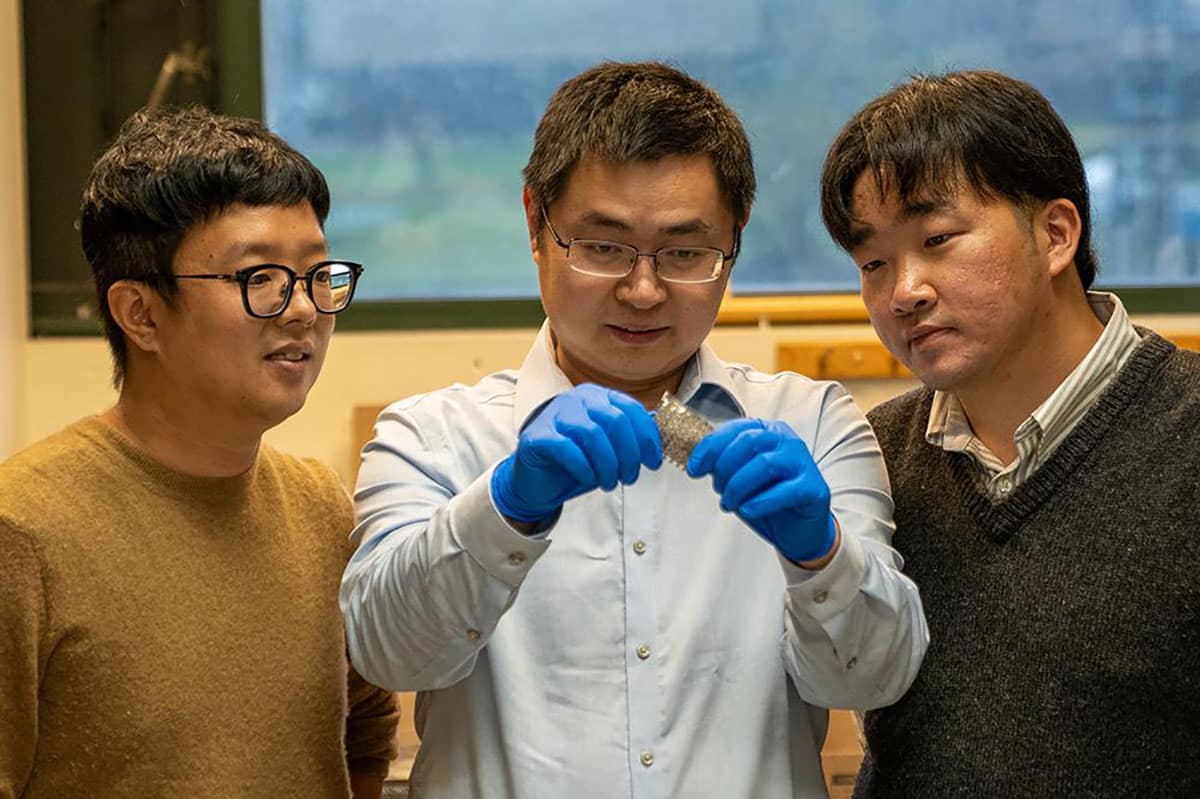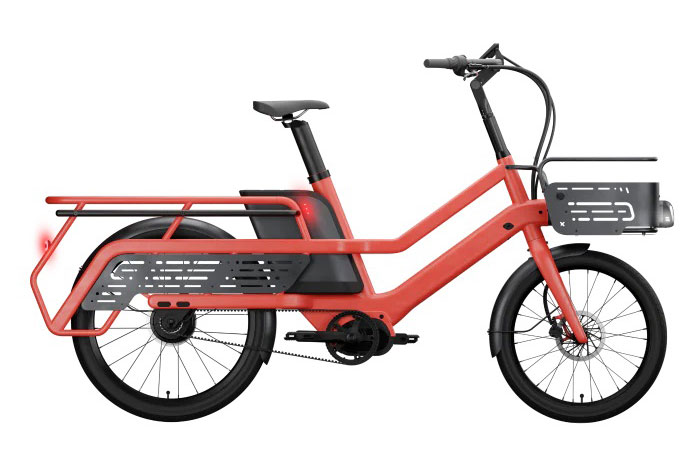
A fully rubbery stretchable diode, particularly entirely based on stretchy materials, is a crucial device for stretchable integrated electronics in a wide range of applications, ranging from energy to biomedical, to integrated circuits, and to robotics. However, its development has been very nascent.
As electronic devices, such as robotics or medical devices, are becoming more flexible, Penn State researchers have developed a fully rubbery stretchable diode that maintains performance. The new device is all based on stretchable electronic materials, including a liquid metal cathode, a rubbery semiconductor, and a stretchable anode.
“This diode is all made out of stretchy rubber materials – that rubber material strategy is the key,” said corresponding author Cunjiang Yu. “By creating a rubbery diode, we’ve enriched our library of rubbery electronics so that we can move closer to making integrated electrical circuits and systems fully out of rubbery materials.”
According to Yu, more flexible devices can behave more like biological tissue, allowing for better bio-integrated devices. For example, a soft patch device could be implanted on the heart. “A heart beating will generate electric signals,” he said. “With a rubbery diode, a device could convert AC to DC within the body, which is not currently possible.”
To achieve such electrical performance, the researchers rationally considered the device architecture, vertical structures, and layout.
In addition to the benefits for more flexible medical devices, the development also has implications for power management systems in these medical devices toward self-sustainable systems. “Energy scavenged from harvesters always needs to be rectified before the energy is stored for usage – and it’s important in many emerging fields,” Yu said.
Yu explained with an example of light-up sneakers, which contain a piezoelectric energy harvester to convert mechanical energy to electrical energy to light up the LEDs. A rectifying circuit converts the harvested AC electricity into useful DC power.
“Researchers and industry are using conventional diodes, but they want something that could be stretched, like what we report in the paper,” he said. “Such rubbery diodes open up many possibilities.”
Researchers said that the next steps include further optimizing the diode and integrating it into more complex systems.
“We’re looking to improve the diode architectures and performances and to achieve unperturbed operations even under very large extents of mechanical stretch or deformation,” he said. “We want to use these diodes to address critical device needs in various emerging applications such as robotics and biomedical devices.”
Journal reference:
- Hyunseok Shim, Cunjiang Yu, and Seonmin Jang. Fully rubbery Schottky diode and integrated devices. Science Advances, 2022; DOI: 10.1126/sciadv.ade4284
Rubbery stretchable diode opens possibilities for medical, electronic devices
Source: Tambay News






0 Comments